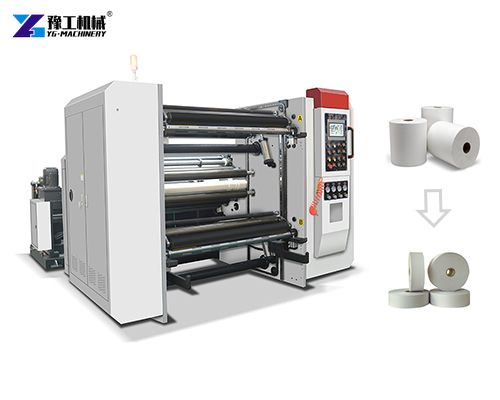Egg tray manufacturing machine is a production system that is designed to create egg trays from raw materials such as waste paper, cardboard, and pulp. The machine uses a process of molding, pressing, and drying to form trays that are specifically designed to fit eggs, providing cushioning and preventing breakage. These machines are highly automated, offering efficiency and consistency in the production of egg trays. Besides, the versatility of these machines often allows for the production of other molded pulp items by simply changing the molds. Examples include fruit trays, cup carriers, shoe inserts, and industrial packaging components.
The Importance Of Egg Trays And Sustainable Packaging
- Protection: Their contoured design securely holds individual eggs, minimizing contact and absorbing shocks, thus drastically reducing losses due to cracking or breakage.
- Handling and Logistics: Standardized tray sizes facilitate stacking, storage, counting, and transportation, improving efficiency throughout the supply chain.
- Information Display: Trays can be labeled with branding, nutritional information, and expiration dates.
Egg Tray Manufacturing Machine Working Process
- Raw Material Preparation
The first step in egg tray manufacturing is preparing the raw materials, which typically include waste paper, cardboard, and sometimes water-based chemicals. These materials are shredded and mixed with water to form a slurry or pulp. The quality of the raw materials used will determine the strength and durability of the finished egg trays. - Pulp Molding
In this stage, the pulp is transferred into the molding machine, where it is molded into the shape of egg trays. The pulp is evenly distributed into molds that match the size and shape of the trays. This process is usually carried out under vacuum conditions to ensure that the pulp takes the correct shape and is not too thick or thin. - Drying
After molding, the egg trays are removed from the molds and placed in a drying system to remove excess moisture. The drying process can take several hours, depending on the drying method used. Traditional drying methods rely on the sun or air, while modern machines often use electric, gas, or steam dryers for faster drying. - Stacking
Once the trays are dry, they are stacked neatly in piles for packaging. Automated stacking systems can arrange the trays in a uniform and organized manner, making it easier to handle and transport. - Packaging
Finally, the egg trays are packaged for shipping. Packaging typically involves bundling the trays into manageable stacks and preparing them for transport to retailers or egg producers.


